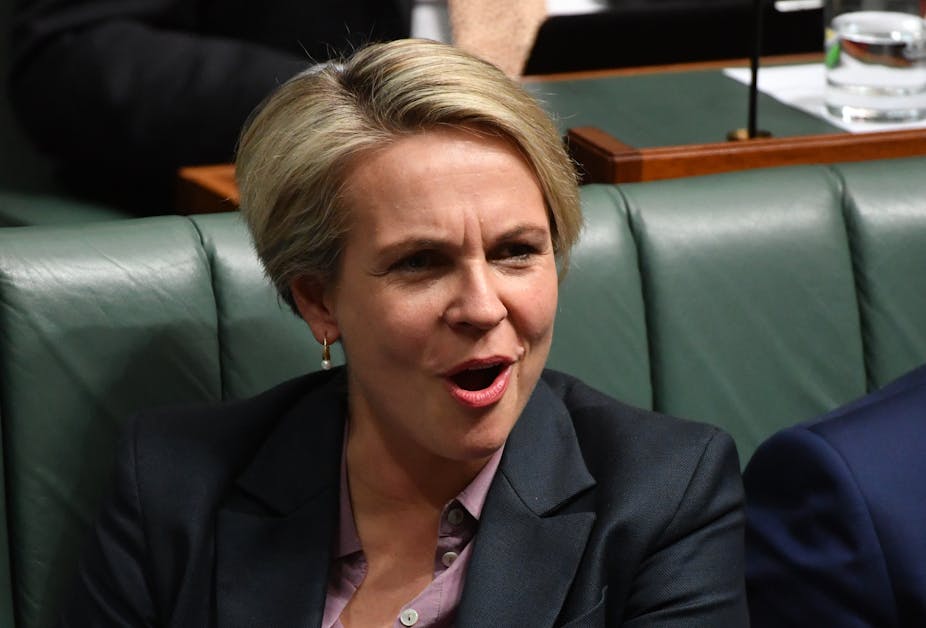Malcolm Turnbull is on the brink of a major policy victory after the government mustered 10 of the 12 non-Green crossbenchers behind its Gonski 2.0 policy.
The outcome of a week of intense negotiation by Education minister Simon Birmingham means, barring mishap, the government is set to end this parliamentary sitting on a strong note, at least in policy terms. The Coalition remains in a bad place in the polls.
The new model for schools funding will be much closer to the original needs-based one recommended by the Gonski review, the implementation of which was compromised by a plethora of special deals.
In electoral terms, Turnbull hopes the schools policy will at least partly offset Labor’s usual strong advantage in education but the fight over schools will still be on because Labor will be promising a big extra boost to funding.
To get its legislation through, the government has shortened the time frame for delivering funding targets from 10 to six years; boosted by $A4.9 billion to $23.5 billion the amount of money that will be spent over a decade (including $1.4 billion over the next four years); agreed to establish an independent body to oversee the funding; and endorsed a tight arrangement to prevent states lowering their share of school funding.
In a gesture to a deeply-agitated Catholic sector, the government will provide transitional money for it next year, while a review is undertaken of the basis for calculating how much parents should be expected to contribute. Some money will also be available for schools that are part of systems in the independent sector.
This is being couched as transition money so that all systems will come under the new model from the 2018 start. The transition money will amount to $46 million, $38 million for the Catholics.
But the Catholics, who benefited from the previous special arrangements, remain angry. The future political implications of this is yet to be seen.
On Wednesday night National Catholic Education Commission executive director Christian Zahra said that commission representatives had just met with Birmingham who “set out the minor changes” he proposed in response to the Catholics’ “very serious concerns”. But the commission’s position hadn’t changed: the bill “still poses an unacceptable risk to the 1737 Catholic schools across the country” and should be defeated.
The outcome has left the Greens caught badly short, exposed as under the thumb of the powerful teachers union, the Australian Education Union (AEU).
The government negotiated simultaneously with the Greens and the other crossbenchers. But the Greens were split, unable to finalise a deal even though they did most of the heavy lifting in extracting some major changes and additions.
The result is they’re in the worst of positions. They are unable to claim victory in delivering the more needs-based system. But they have raised the ire of some of their supporters for attempting to reach agreement with the government.
As soon as it knew it had the numbers with the other crossbenchers, the government – unsurprisingly - brought on the second reading vote on the legislation in the Senate.
Greens leader Richard Di Natale said he was disappointed the government had stitched up the deal with the other crossbenchers. The Greens had still been negotiating when the second reading vote was called. “We thought those talks were progressing really well when out of the blue, the bells rang,” he told reporters.
He said the Greens were proud that what they did through their negotiations “was to raise the bar”. But they could not support the “special deal” for the Catholic sector, and had wanted more money for disabled children.
The government is relying on getting the votes of Pauline Hanson’s One Nation, the Nick Xenophon Team, Jacqui Lambie, Derryn Hinch and Lucy Gichuhi.
Labor has trenchantly opposed the government’s package, saying the $18.6 billion is $22 billion short of what schools would have received under the ALP’s policy.
The opposition’s schools spokeswoman, Tanya Plibersek, says a Labor government would keep the parts of the package that “are practical, like an independent schooling resource body”. It would also retain the cuts to elite private schools.
But Labor has not spelled out how a Shorten government would alter the new model it would inherit and fund more generously.
It says Gonski 2.0 is flawed because it entrenches a skew in federal funding towards non-government schools (traditionally funded by the federal government, which is only the minor funder, compared to the states, of government schools). But that doesn’t deal with the issue of how a Labor government would handle the Catholics.
Labor has taken advantage of the Catholic rebellion. The Catholic sector, having lost the old special deals, would be anxious to extract some new ones from an ALP government that had extra dollars to put around.
So will Labor give the Catholics any undertakings that in power it would rectify the wrongs it alleges the government will do to the Catholic system? If it won’t, what will be the response of the Catholics?
If, after the dust settles from the Turnbull government making the tough changes, Labor broadly accepts the new model as a basis for its own planned funding, it will have a sound policy position but questions to answer about disingenuous claims we have heard from it in this debate.

